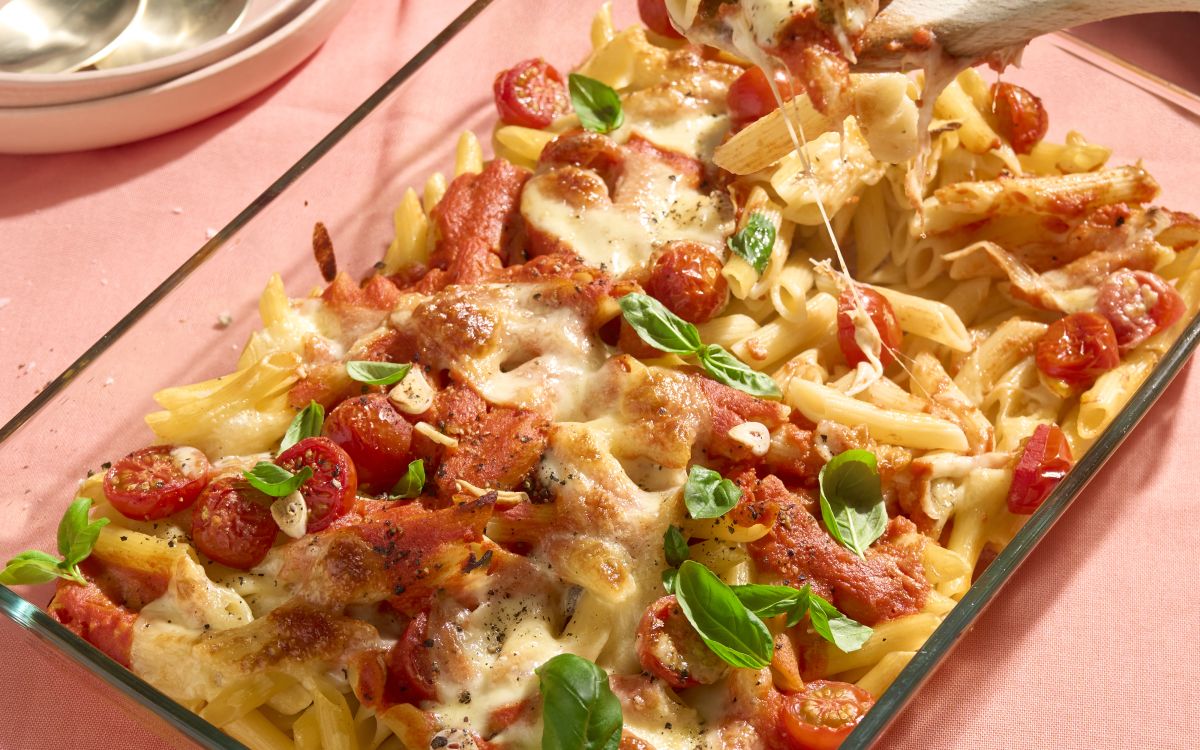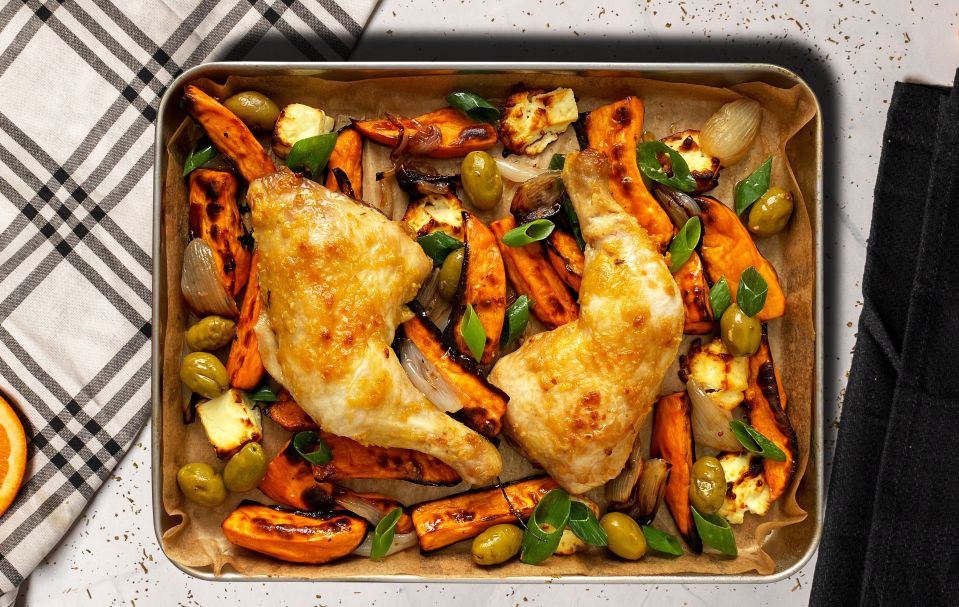How to make the most of your oven's energy

The oven is fantastic vessel for creating delicious dishes, and used cleverly it can help you save energy and avoid waste. If you are turning it on, make sure you use it to its full potential with our top tips for energy-efficient cooking.
Whether you’re a passionate baker, appreciate a festive oven roast or are simply like to save time, effort, and money in the kitchen, we’re here to help. The oven is an integral part of every kitchen, which is precisely why its energy consumption should be used carefully and sensibly. After all, according to the German Association of Energy and Water Industries, cooking, and baking account for up to ten percent of electricity consumption in German private households (BDEW 2021). These energy-saving tricks will help you get the most out of your oven.
- Keep the oven door shut!
No matter how exciting and curious you are, don’t be tempted to open the oven door before the food is ready, because the temperature drops fast. If your oven has a fan setting, use it – it helps to distribute heat more evenly. In most cases, there is no need to wait for your oven to heat up. Only dishes which are prepared in a short time and at a high temperature, such as fish and meat, a soufflé or sponge cake, require preheating. - Cook 2 dishes at once
Open your mind to the wonderful world of cooking two dishes at once! You’ll not only save energy, but time too. Any portions you don’t eat straightaway can then be portioned up and frozen, then simply reheated. Not everything cooks well together – if you’re looking to avoid flavour crossover, just make sure you cover your dishes with a lid. Dont forget to leave enough space for even cooking.
Check out our top 2-for-1 energy-efficient oven bakes:
Chicken legs with sweet potatoes & feta
Oven-baked fish with courgettes & olives
For the next day:
Potato bake with Hokkaido pumpkin & baby spinach
Pasta bake with beef mince & cheddar
Make dessert:
Hazelnut crumble with apple
Almond banana bread with blackberries - Maximise oven space
Don’t have time to make a second dish? Simply halve a butternut and roast in the oven until soft. You can use the cooked butternut in soups, curries, pastas, fritters and salads. Eggplants that have been pierced with a fork and roasted for about 50 minutes become soft and tender. The scraped-out flesh is delicious in salads or can be whizzed up into creamy dips. - Choose wisely
For slower cooks, opt for glass or ceramic dishes, as they tend to retain heat better than metal. However, they do take longer to heat up – so if you’ve got a quick bake or roast, metal might be the best option. - Residual heat is your friend
If you’re using an electric oven, turn it off ten minutes before the end of cooking (it will hold its heat). Once you’re done cooking, maximise the residual heat to heat plates, rise doughs, or keep food warm. You can simply leave the oven door open and use the warmth to heat your home. - Clean your oven
Even if it's not our favorite thing to do in the kitchen, pulling up your sleeves and cleaning your oven can help your oven to function more effectively. Cleaning your oven ensures less wasted energy, since it can preheat properly and distribute heat evenly. - The freezer is your friend
Just remember, if you’re batch cooking, allow the food to cool thoroughly before freezing – break it down into portions so it cools quicker – and get it into the freezer within two hours. And make sure everything is well packaged and labelled for future reference so you’re not playing freezer roulette! Simply thaw in the fridge before use, and use within 48 hours. If you’ve frozen cooked food, don’t freeze it again after reheating it.
© foodfittery


